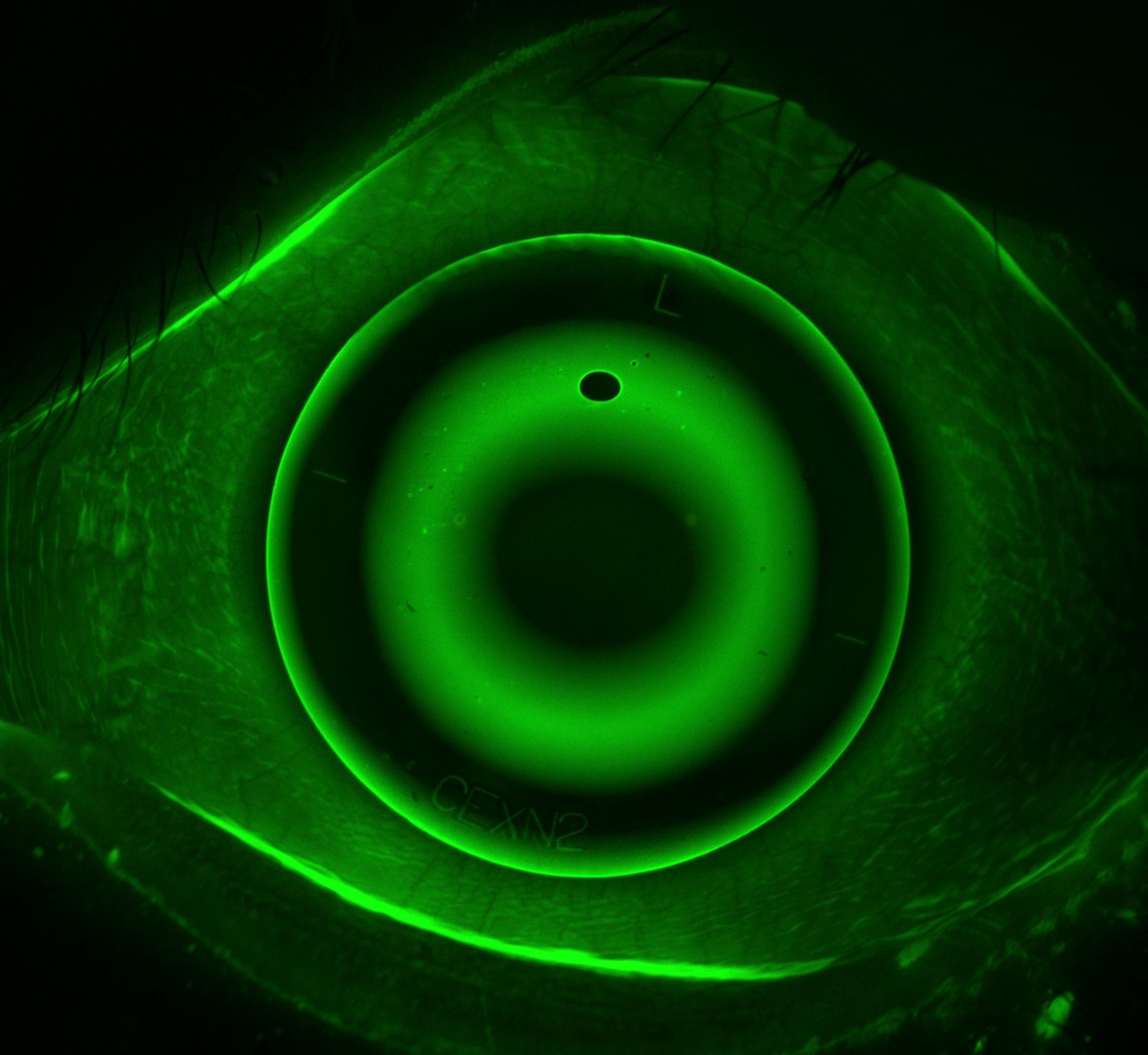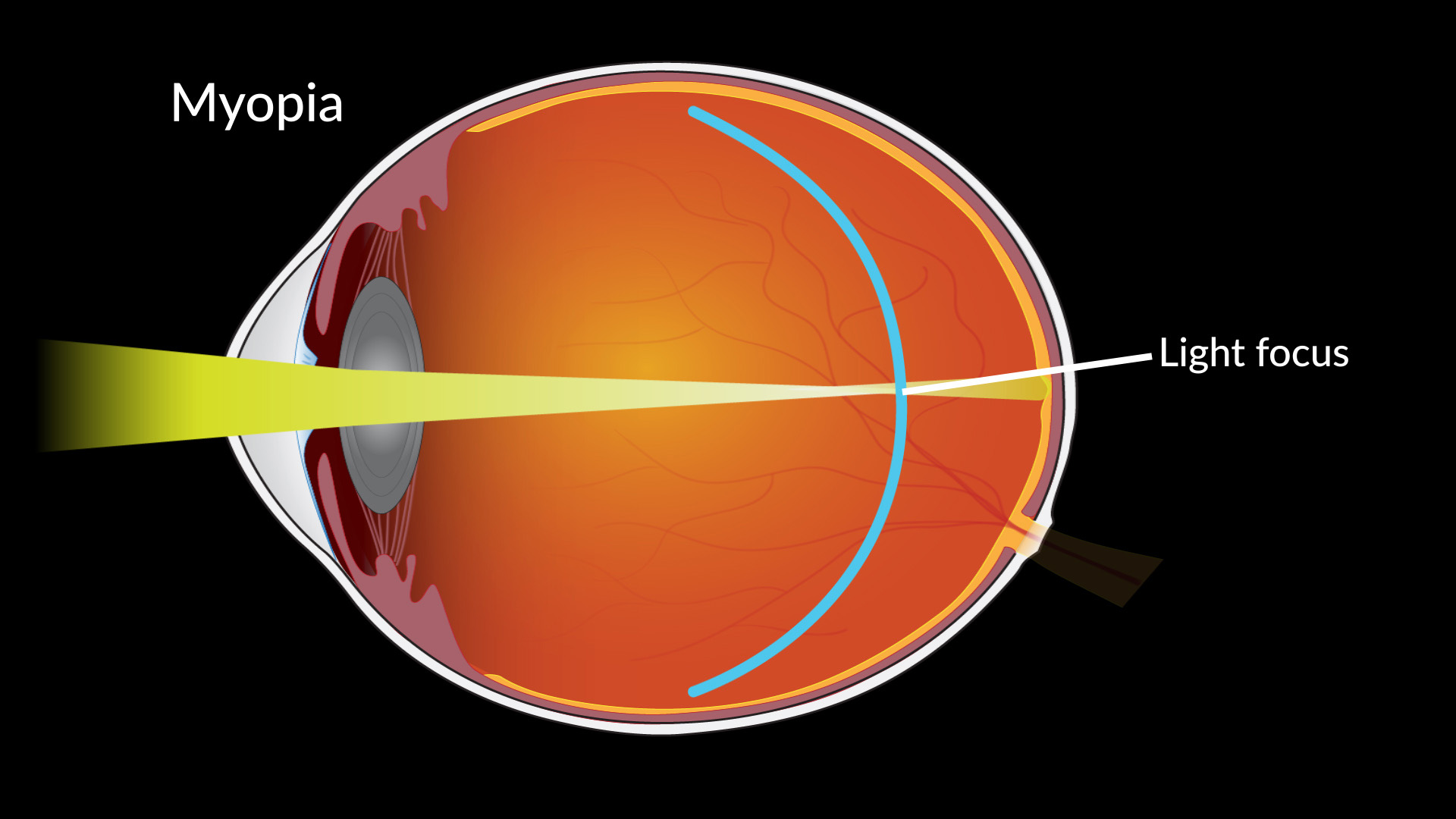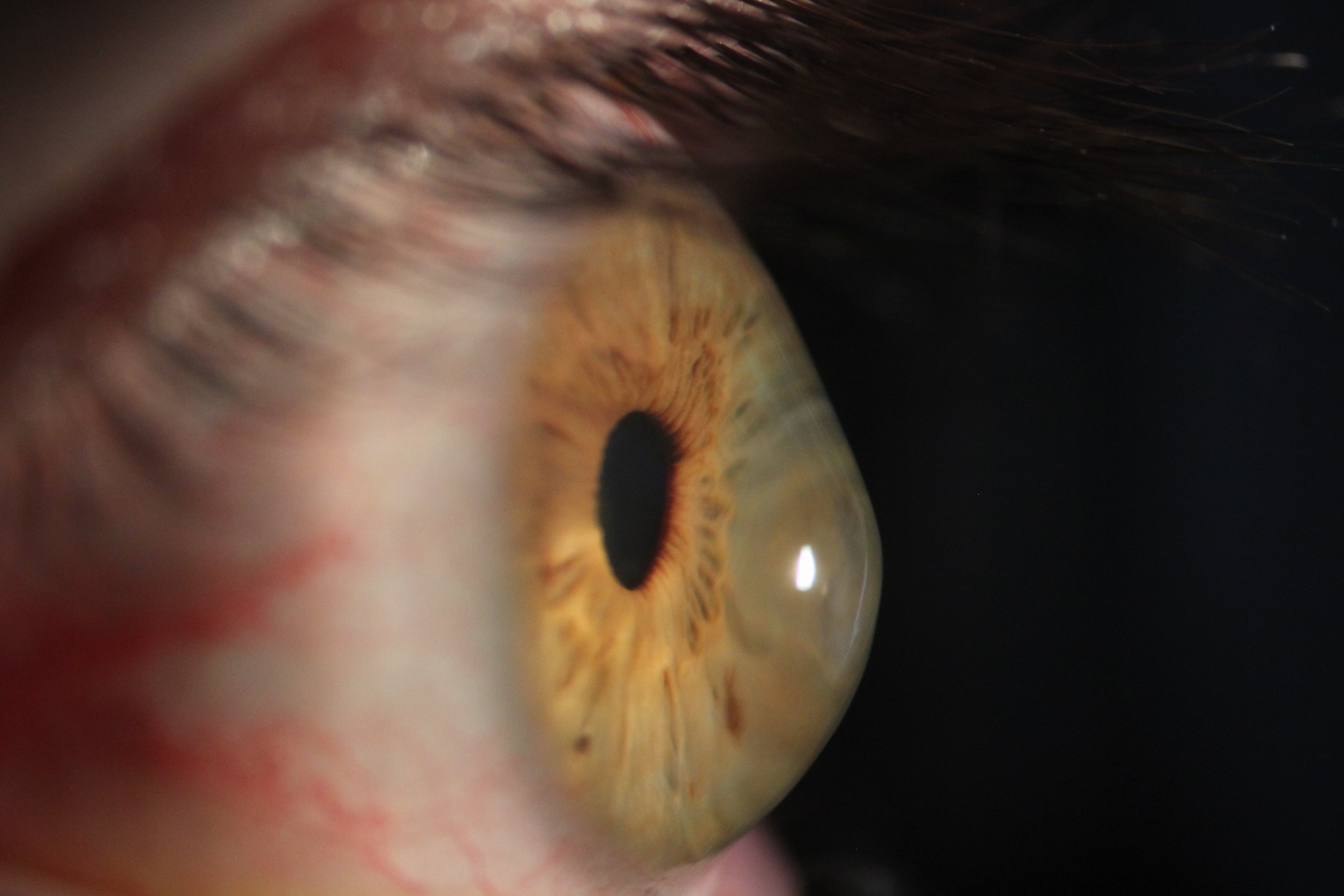
One of the most common dispensing questions that gets asked is should I get a multicoat on my lenses. It is not a trivial cost but it’s also not the major cost of glasses. So what are the benefits:
What does a mutlicoat do? A multicoat works very much like noise cancelling headphones. Both sound and light have wave-like properties. Noise cancelling headphones produce sound waves with the opposite profile to the background noise and these opposite waves act to mostly cancel out the sound. Multicoats, in a similar way, reflect light out of sync that acts to cancel light reflections from off both the front and back surface of the lens. This means the lenses look more invisible.

All quality optical lenses - for example, those used in cameras or binoculars - come with a multicoat as standard.
How much extra value does noise-cancellation add over regular headphones? They’ll both produce the sound of whatever you are listening to but there’ll be less distractions with noise cancellation. And with glasses, both coated and uncoated will provide the refraction you need but a coated lens will have less glare and apear more invisible to others.
Is there a reason not to get a multicoat, apart from the price? Well, if you are likely to be particularly hard on your glasses, multicoats do make scratches on the surface more visible. They are not easier to scratch - the surface has about the same toughness - but once they are scratched, these scratches are more visible.









%20(1).png)




















